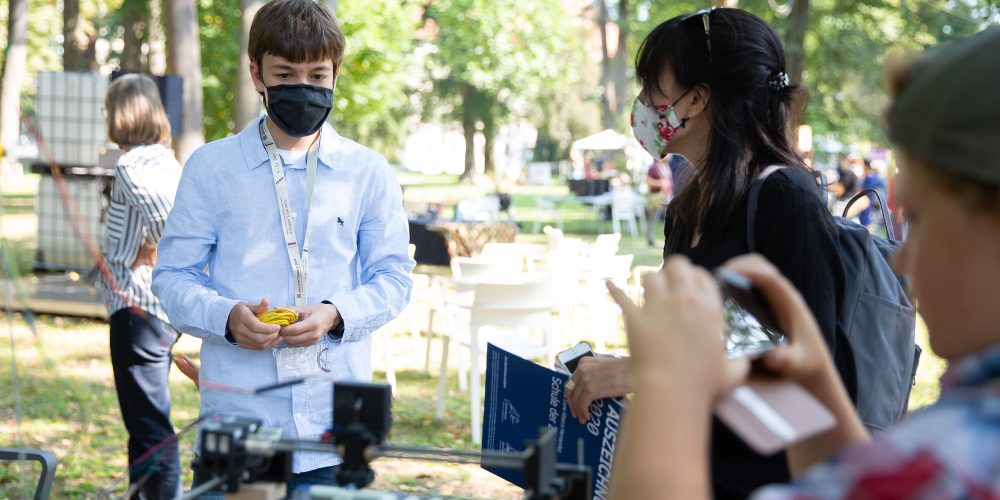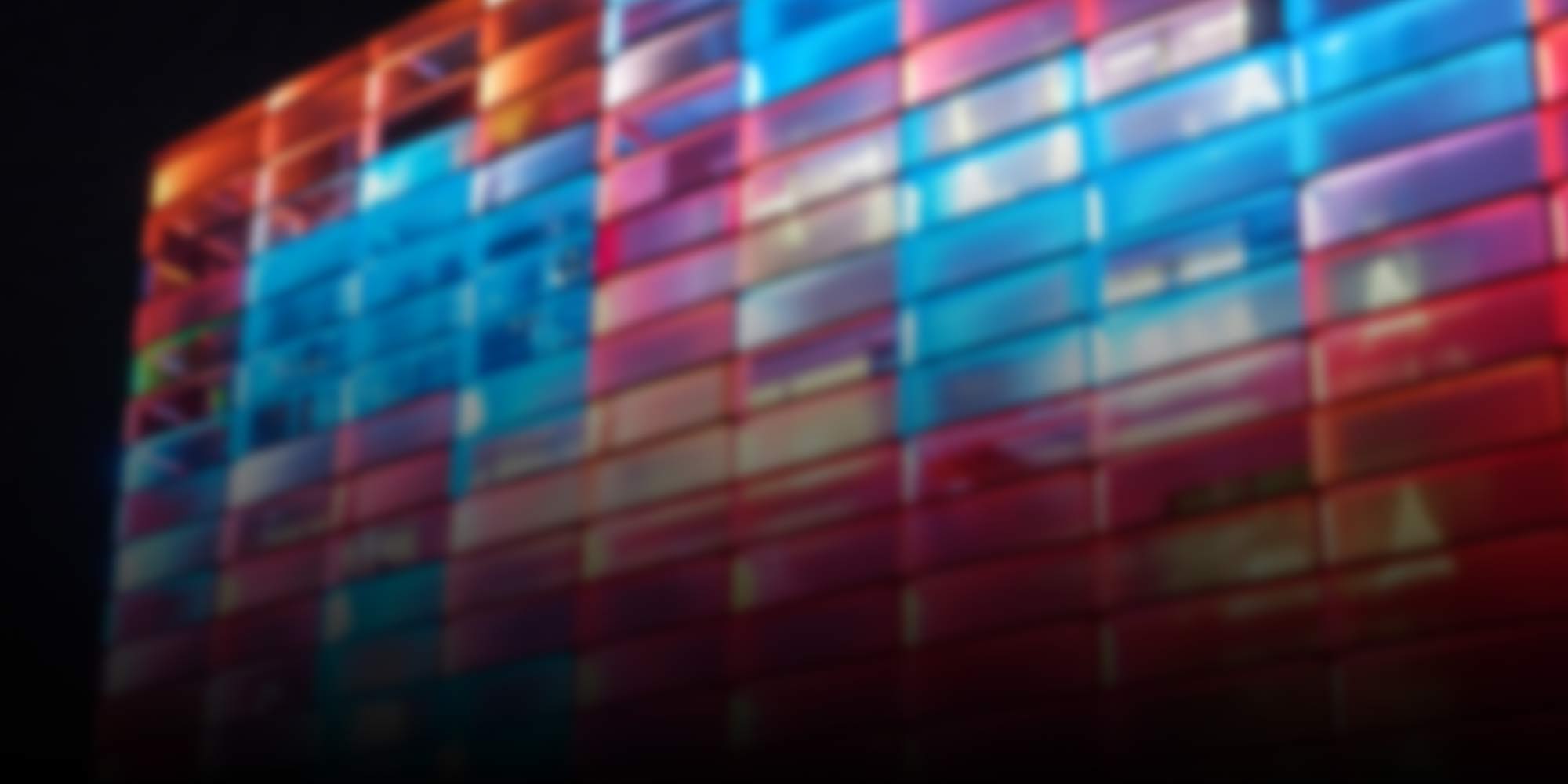
Interactive Art
-
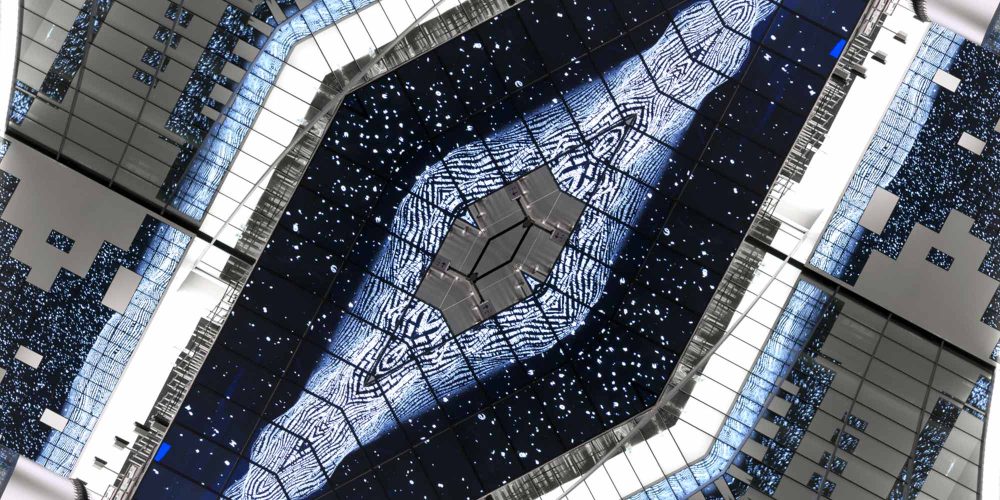
Poetic Systems
How art can make complex structures tangible
-

ORIBOKIT™ How to build robotic origami
With Oribokit™, a DIY kit for origami robots, Matthew Gardiner aims to collectively cross the boundaries between art and science towards the future.
-

Computation and Beyond
How can we inspire people to actively design our common future?
-
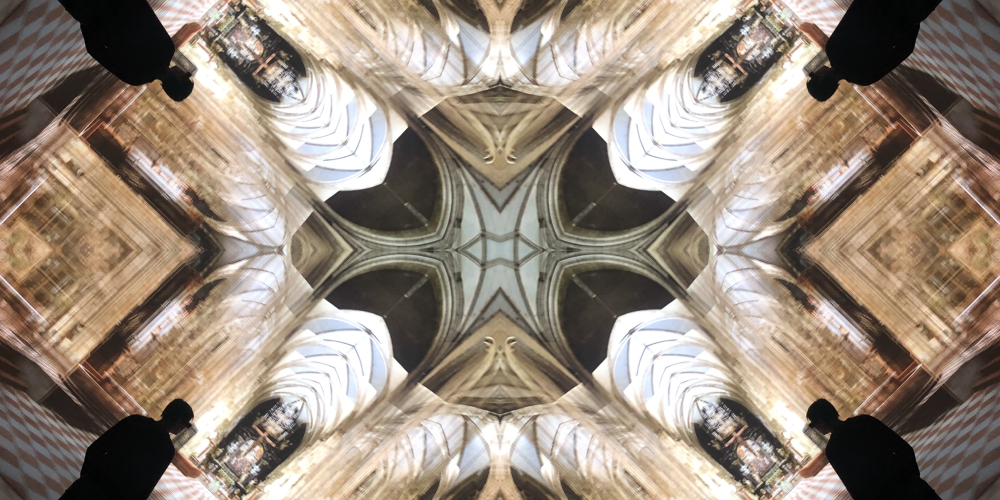
Virtual Worlds
Innovative concepts for hybrid environments
-
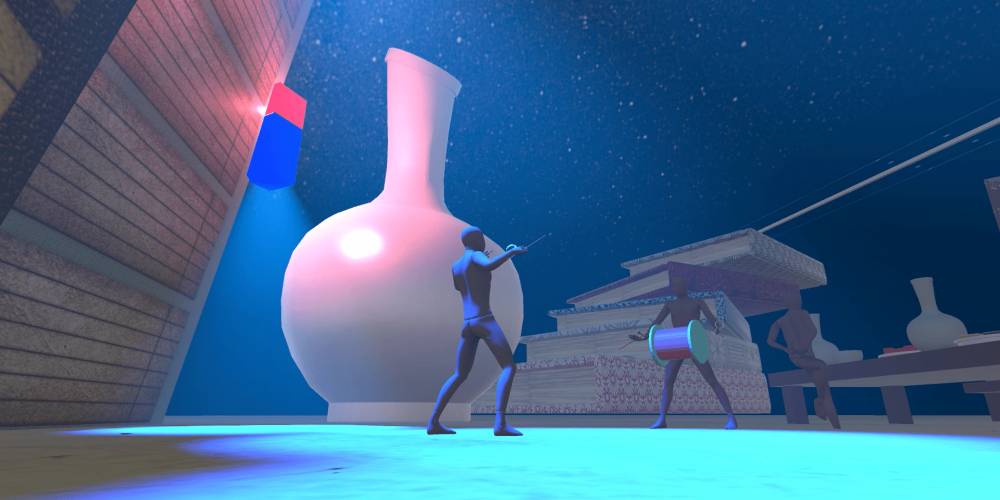
K’ARTS Garden: “Our work is fresh and fun”
Ars Electronica accompanied K-ARTS students for one semester. The result were eight artworks that will be shown at the Ars Electronica Festival.
-
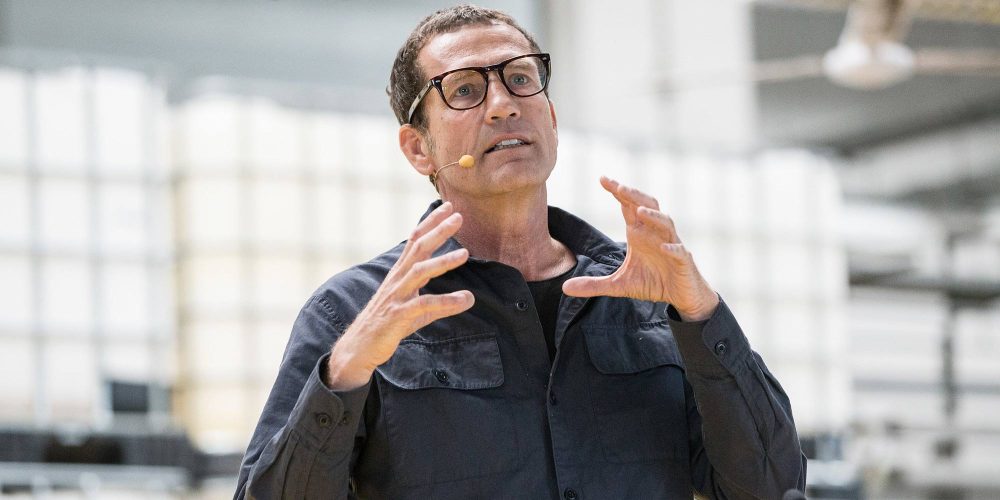
Joachim Sauter on Reflections and Kinetics
To commemorate the pioneer of media art, we are showing an excerpt of the lecture he gave at the 2017 Ars Electronica Festival.
-

Tears for the Sea
She spent most of her childhood on merchant marine vessels and has developed an ever closer relationship with nature through her proximity to the sea. During her EMAP/EMARE residency, as a media artist, Kasia Molga tells how she came to her project “How to make an Ocean?”, how personal grief and COVID-19 gave her work…
-
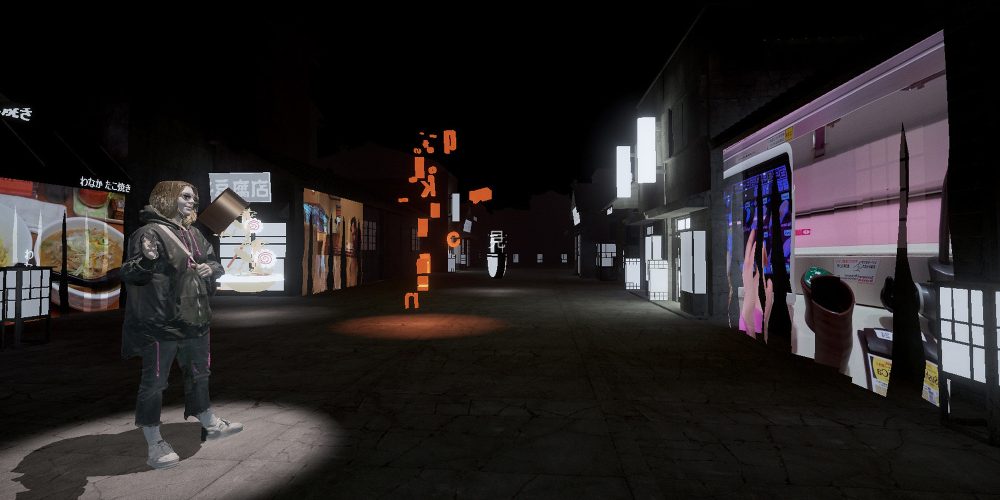
Rebecca Merlic: Making The City Your Own
Imagine giving up everything: Your bed, your kitchen, your bathroom, your apartment. From now on you live, eat and sleep in public space. Rebecca Merlic has been awarded the Marianne.von.Willemer.2020 Prize for Digital Media for the artistic realization of this experiment.
-

Ars Electronica Gardens SOUTH AMERICA
As the saying goes: the best comes last! Our last Ars Electronica Festival Garden we would like to present to you on our blog is the continent of South America! Start a journey with us through the gardens of Brazil, Argentina, Peru and Chile!
-

Ars Electronica Gardens: NORTH AMERICA
Many of the Gardens that will be featured at the 2020 Ars Electronica Festival as a loophole to the rest of the world have already been presented on the blog. Now we’re taking a leap across the Atlantic and presenting institutions, projects, artists and visions from the North of America – more precisely, from Canada,…
-

Strolling Between the Disciplines
The JKU campus as a place of encounter and as a place for projects that can only be discovered by strolling through the park and looking attentively into the air. JKU LIT @ Ars Electronica as well as the Garden Exhibition in Kepler’s Garden on the JKU Campus feature playful projects that combine various disciplines.
-
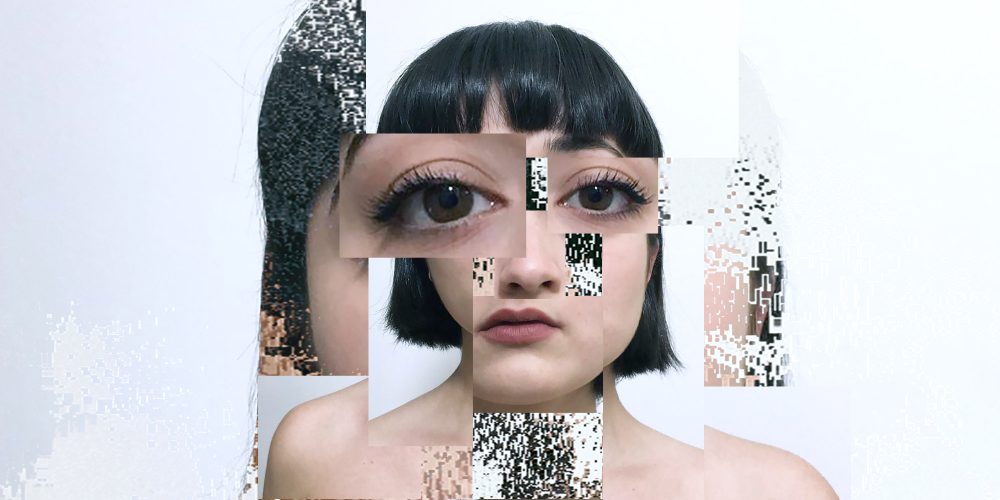
THE WILD STATE
A prairie in the Wild West, a futuristic pirate island on the ocean, people dancing at Burning Man – what images emerge in front of your inner eye when you hear THE WILD STATE?
-

CyberArts 2020: The latest trends in media art
For over three decades, the Prix Ars Electronica has been one of the world’s most coveted awards for digital media art. With the CyberArts exhibition, the OK, as part of the newly founded OÖ Landes-Kultur GmbH, will once again devote itself to the award-winning works of international artists during the 2020 Ars Electronica Festival in…
-
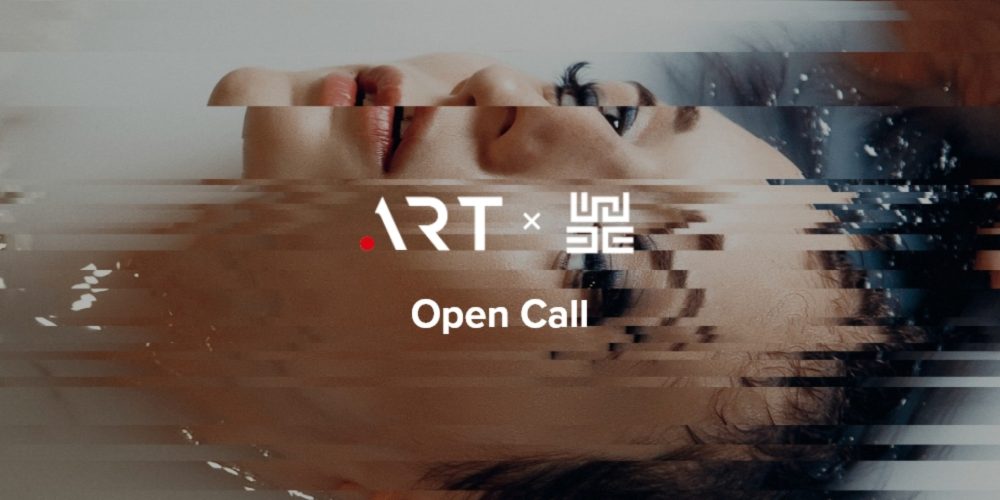
.art Domains and Ars Electronica Launch Online Exhibition for the Festival 2020
In response to the global pandemic and its impact, the leading new media arts festival Ars Electronica will premiere a dual format for its 2020 edition, including an online showcase in addition to the physical event. Ars Electronica has partnered with .art Domains to inaugurate Ars Electronica .ART Gallery, one of the online arms of…
-
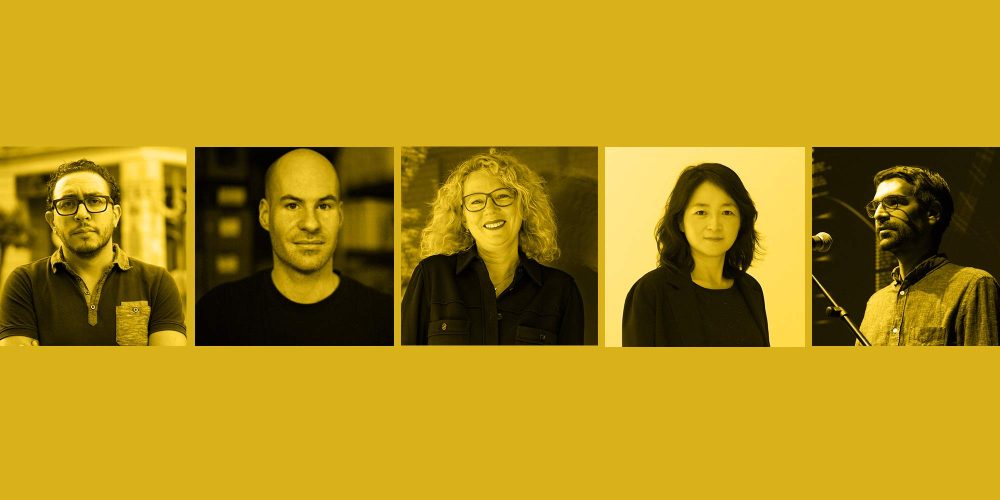
The Prix Ars Electronica Jury 2020: Interactive Art +
The jury in videos: We present to you the persons who will be deciding on the Golden Nica in the Interactive Art + category of the Prix Ars Electronica 2020.
-

BR41N.IO Hackathon for Creative Minds: The Direct Wire to the Brain
Connecting the human brain with the specially developed controller – from September 7 to 8, this will become reality for several teams at the Ars Electronica Festival 2019 in POSTCITY Linz. Whether controlling drones by thought or mixing the right cocktail by brain activity, you can now get your place for brainstorming and developing software…
-
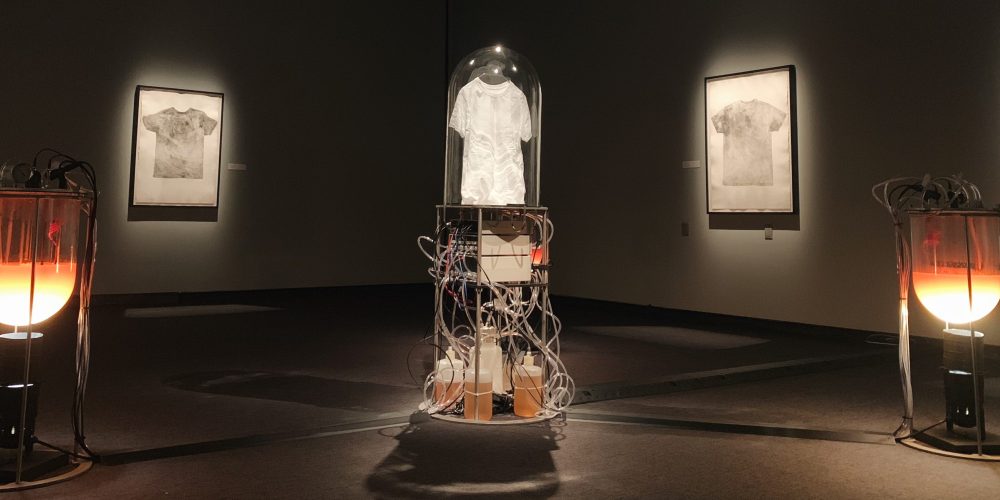
“What does exploitation smell like?”
Sweat and work are inseparably linked in Paul Vanouse’s installation LABOR. In an interview, the winner of the Golden Nica explained to us how odours develop and why he recreates this process in the laboratory.
-

“Technology is nothing without the human intention behind it”
Claire B, one of the two artists behind the exhibition Mirages & miracles, talks in this interview about technologies, stones, poetics and the relationship between these elements. The new exhibition at the Ars Electronica Center opened on June 25 and continues until March 2020.
-
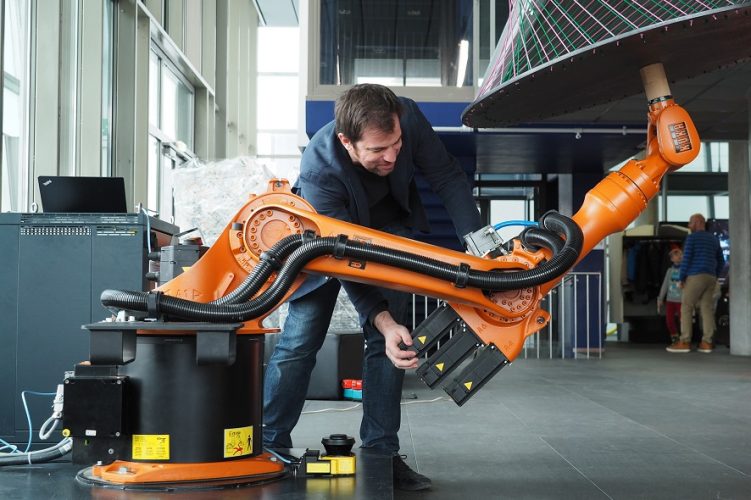
Future in a Nutshell: Creative Robotics
What could the future of robotics look like? As part of the “Future in a Nutshell” lecture series organized by Ars Electronica Export for the plastic producer Greiner, Johannes Braumann, head of the Laboratory for Creative Robotics at Linz Art University, spoke about his work. He also shared some impressions with us in this interview.
-

Diving into Deep Space with Noise Aquarium
Current scientific studies have shown with shocking examples that noise sources such as sonar and fracking are extremely harmful to large marine life. Noise also affects microscopic organisms such as plankton, as Victoria Vesna and her collaborators show in their interactive installation in Deep Space 8K at the Ars Electronica Festival 2018, where Victoria Vesna…
-
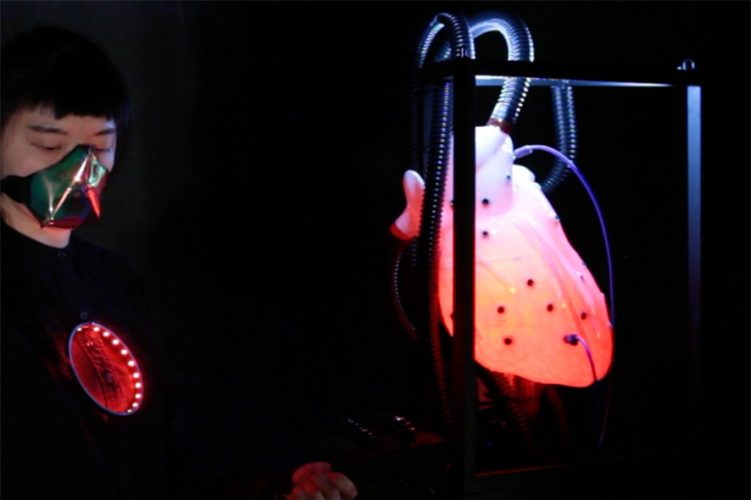
STEAM Imaging: When Art, Science and the Next Generation Converge
Bringing together scientists, school kids and an artist, transcending the boundaries of individual disciplines, discovering flexible forms of learning and collaboration, and imparting skills to work effectively with new technologies were the objectives of the artist-in-residence project entitled STEAM [science, technology, engineering, art, mathematics] Imaging. Bianka Hofmann, head of corporate communication at the Fraunhofer Institute…
-
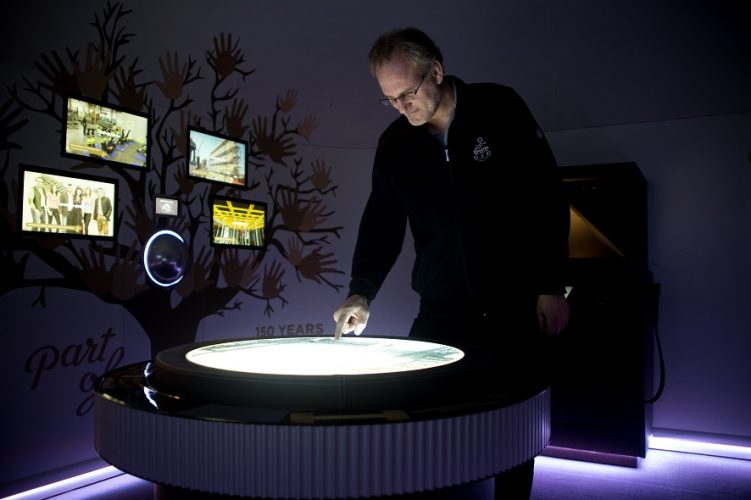
On Milestones and Megatrends: Two Pavilions for Umdasch Group
To mark the Umdasch Group’s 150th anniversary, Ars Electronica Solutions designed two pavilions showcasing the company’s past and present, as well as the future of the company and our world to go on display in Vienna’s Weltmuseum. Solutions project manager Claus Zweythurm told us more in this interview.
-
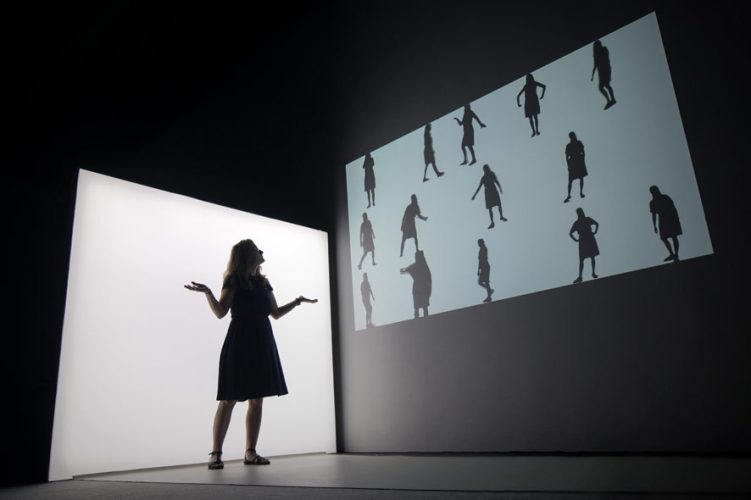
Gestures: When Humans Reach out to Machines
An interactive exhibition at the Saxon Museum of Industry entitled “Gestures – Yesterday, Today and the Day after Tomorrow”—the outgrowth of a joint research project by the Technical University of Chemnitz (Germany) and the Ars Electronica Futurelab—is a new encounter with the history of human-machine interaction.
-

Who or what is on the line? Find out via “Hello Machine”!
The “Hello Machine” is an installation connecting the Ars Electronica Festival Linz, Science Gallery Dublin and Volkswagen Berlins Drive Exhibition, has been developed with the assistance of the Ars Electronica FutureLab, by way of vintage or obsolete pay phones from Hanlon’s collection. The Hello Machine’s ‘Hello Machine – Hello Human’ feature touches on the playful…
-

Dynamic Technology at the Festival: How Brain Power Can Drive an Earthmover
Visitors of this year’s Ars Electronica Festival will be able to actually take command of an earthmover with their eye movements and mental powers. Read what it takes to participate and how this mind-melting experiment came into existence.
-
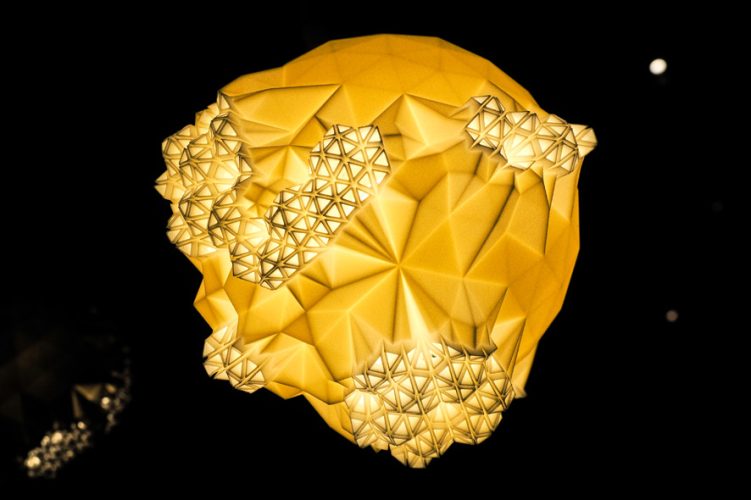
Highlight: The Made-to-Order Lamp
It’s elegantly designed and individually customized to suit the space it illuminates. Highlight, Jussi Ängeslevä’s lamp generated via 3-D printer, features a shape that satisfies users’ (lighting) needs.

